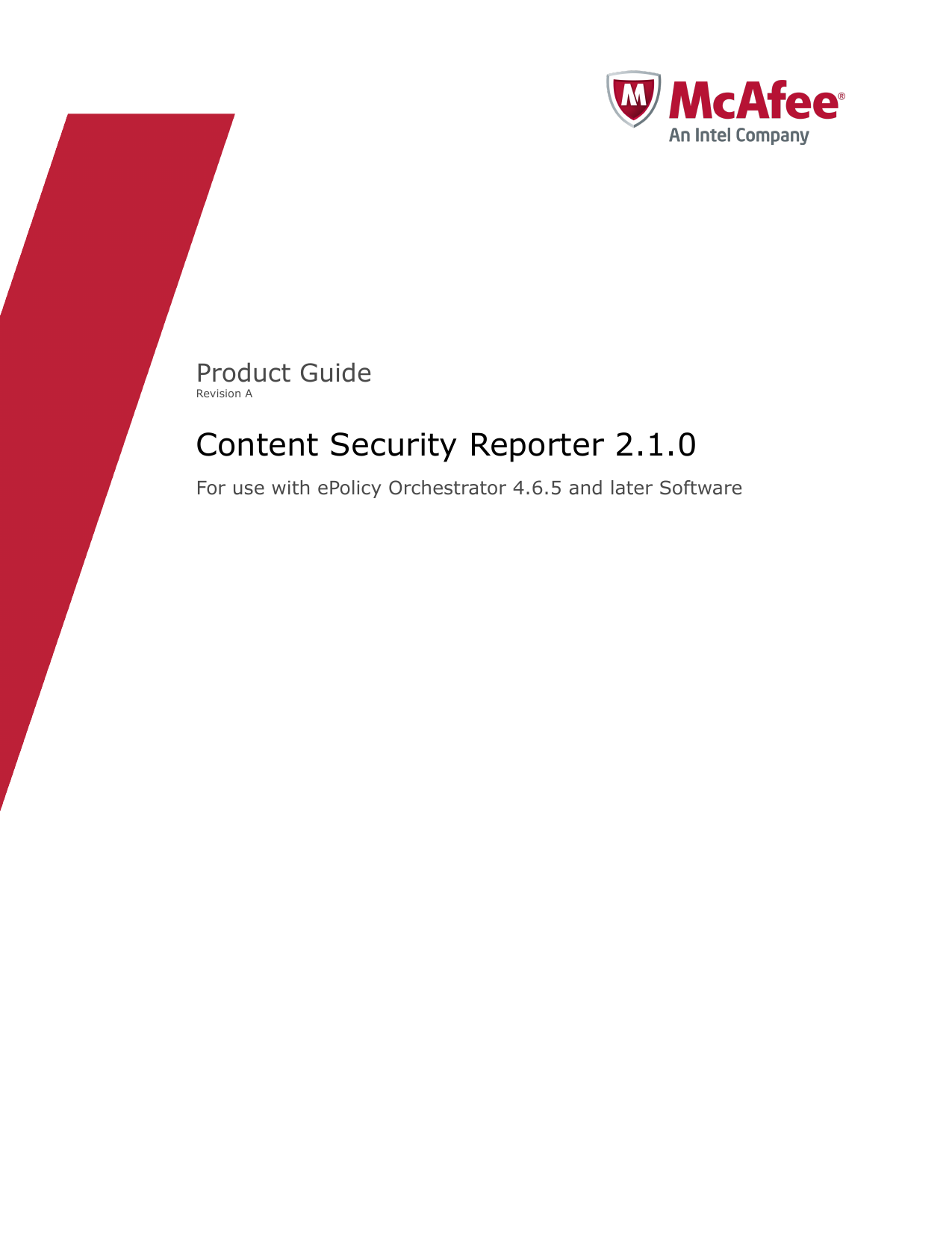

- Bluecoat reporter sudo password password#
- Bluecoat reporter sudo password free#
- Bluecoat reporter sudo password windows#
Bluecoat reporter sudo password windows#
Bluecoat reporter sudo password password#
Whenever a task is performed which requires extra root privileges, he is prompted for his password or, at a shell prompt, he need to use sudo (Switch User Do, a way to execute a command as a different user) to execute the command with root privileges.This user gets normal user privileges at logon.At install-time, the first user is put in a group of users who may invoke extra privileges to perform operations with require root permission(sudo-ers).A little investigation showed that the root account was disabled and logging on as root is not possible with Ubuntu out-of-the-box. I said clearly to supply your password and never asked for the root password. As any new Ubuntu user who switched from another Linux, I did not read the instruction at the authentication box. What to do? Just tapping enter did not work and before trying and locking up accounts, I googled for "Ubuntu root password". But what was the root password? I never supplied one during the installation phase. Well, I was used to these small authentication boxes from RedHat, Suse and Debian, which popped up to ask the root password whenever you needed the root privileges. One click and an authentication window that is. I was not long before a notification called my attention and told me that several updates were available, only one click away. I logged on with my newly created credentials and started to explore the clean and friendly showing desktop.

After installing from CD-ROM, it continued downloading and installing packages over the internet.

The install-script asked me for my userID and password to create the first user account. I used an existing Reiserfs partition for the Ubuntu root and everything went smooth. I burned the install-image on disk and booted the system. It also strives to provide as much as possible applications and tools in your native language. There are even no shipping cost attached to the original CD's and you can order a couple of it to hand out.
Bluecoat reporter sudo password free#
The distribution is free and will stay free. Ubuntu has the goal to lower the threshold of using Linux and bring it to everyone with limited budget and limited knowledge. I wanted to know if it was really as easy to use as it advertised. This version booted from CD-ROM and gave a promising experience of the desktop. I decided to give it a try after I had seen the live disk version of the Linux distribution. It starts with a little unusual omission during installation of the desktop version of Ubuntu. Did Ubuntu really solve the handing of root privileges to users for administration tasks? For me it was the first experience with a UNIX/Linux OS without a root account. Ubuntu, the Debian based Linux distribution targed at education and easy access, has it's own way of protecting against unwanted effects of using the root account: it dissables it. Update: the paper has been translated in English and published recently. Will a CERT, dependant on the way it is set-up, help to prepare an IT-support department for incidents and make it more responsive? How must a CERT operate to make this happen and will they? Or will it always be the conservative, aiming for repeatable processes IT-department versus the cowboys? Read the paper and let me know what you think. Eventually, will an internal CERT become superfluous?Įspeccially the last question throws a new light on the role of a CERT in an organization.What is the life cycle of an internal CERT?.What is needed to set up a CERT within an organization in an effective and efficient way?.Organizations may use this insightful article to better set up and run an internal CERT.

Experts of various Dutch organizations have joined efforts to share knowledge and make it available to the public. The Dutch GvIB (Society of Information Security Practioneers) has released a new expertbrief about internal Computer Emergency Response Teams (CERT) or Computer Security Incident Response Teams (CSIRT).


 0 kommentar(er)
0 kommentar(er)
